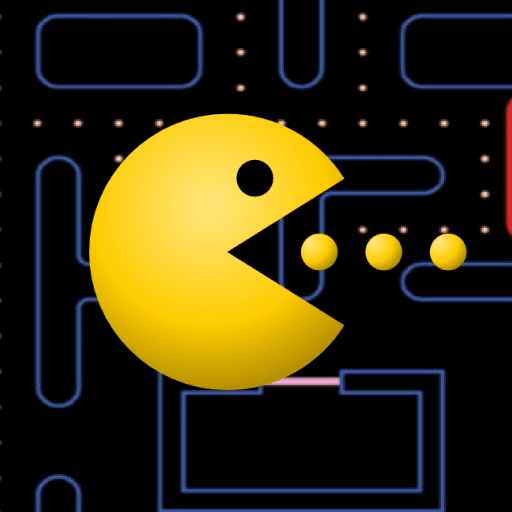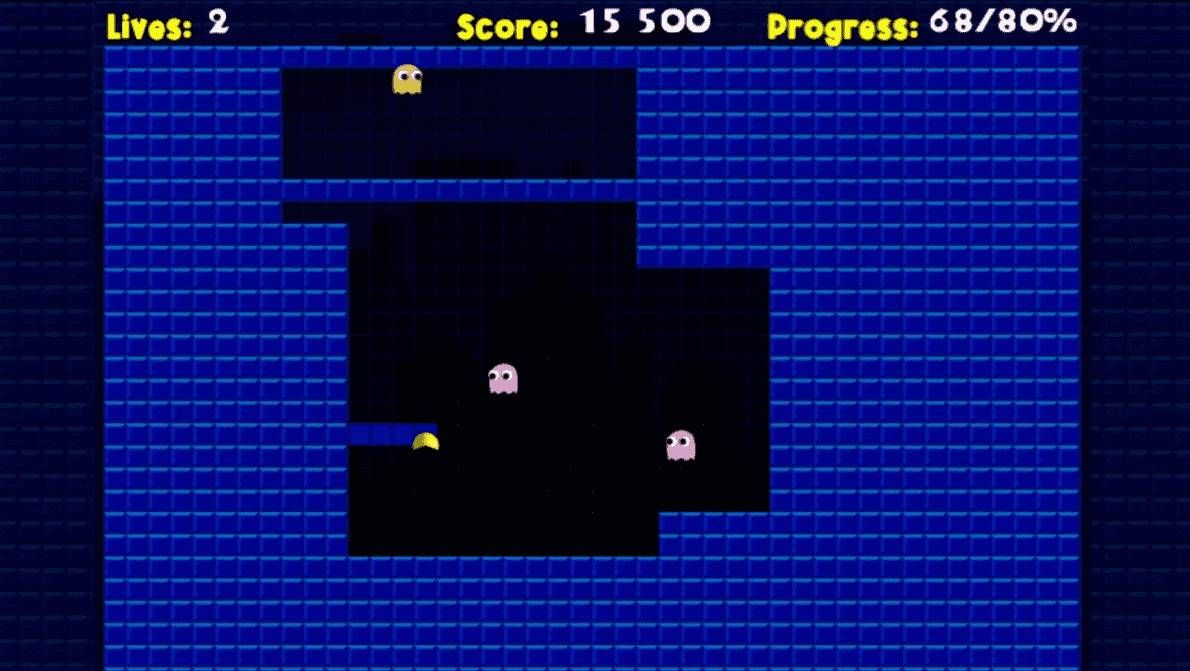

Welcome to the world of Pac-Man, the iconic arcade game that has captivated players for over four decades. In this article, we’ll dive deep into the maze-filled universe of Pac-Man, exploring its history, gameplay mechanics, and enduring appeal. Whether you’re a long-time fan or a newcomer to the yellow pellet-muncher’s adventures, pacmanunblocked.com offers an instant, hassle-free way to experience this classic game. No coins, no downloads – just pure, unblocked Pac-Man action at your fingertips. Join us as we explore why Pac-Man continues to be a beloved staple in the gaming world and how you can enjoy it anytime, anywhere.
Pac-Man burst onto the arcade scene in 1980, forever changing the landscape of video games. Created by Toru Iwatani and developed by Namco, this maze-chase game was a breath of fresh air in an era dominated by space shooters. The concept was simple yet revolutionary: guide a yellow, circular character through a maze, gobbling up dots while avoiding four colorful ghosts. But what made Pac-Man truly special was its universal appeal and addictive gameplay.
The inspiration for Pac-Man came from an unlikely source – a pizza with a slice missing. Iwatani envisioned a game centered around eating, a concept he believed would resonate with a wider audience, particularly women, who were largely overlooked in the male-dominated arcade scene. This innovative approach paid off, as Pac-Man quickly became a global phenomenon, transcending cultural and gender barriers.
Over the years, Pac-Man has evolved far beyond its arcade origins. The game has been ported to countless platforms, from early home consoles to modern smartphones. Spin-offs and sequels have expanded the Pac-Man universe, introducing new characters, gameplay mechanics, and even 3D environments. Despite these advancements, the core appeal of Pac-Man remains unchanged – the thrill of navigating mazes, outsmarting ghosts, and chasing that elusive high score.
At its heart, Pac-Man’s gameplay is deceptively simple. Players control Pac-Man, guiding him through a maze filled with dots. The objective is to eat all the dots while avoiding four ghosts: Blinky, Pinky, Inky, and Clyde. Each ghost has its own unique behavior pattern, adding depth to the seemingly straightforward premise. Blinky, for instance, tends to chase Pac-Man directly, while Pinky tries to ambush him by moving to a position in front of Pac-Man’s current direction.
Power pellets, located in the corners of the maze, temporarily allow Pac-Man to turn the tables on the ghosts. When Pac-Man eats a power pellet, the ghosts turn blue and become vulnerable, allowing Pac-Man to eat them for bonus points. This mechanic adds a layer of strategy to the game, as players must decide when to go on the offensive and when to prioritize clearing the maze.
As players progress through the levels, the difficulty increases. Ghosts move faster, power pellets last for shorter durations, and the maze layouts become more complex. This escalating challenge is part of what makes Pac-Man so addictive – there’s always room for improvement, always a higher score to chase.
While Pac-Man is easy to pick up, mastering the game requires skill and strategy. Experienced players use techniques like “pattern running,” where they memorize specific routes through the maze that maximize efficiency and minimize ghost encounters. Another advanced tactic is “ghost baiting,” where players deliberately lure ghosts into certain positions to create safer paths through the maze.
Understanding ghost behavior is crucial for high-level play. Each ghost has a “target tile” that determines its movement, and savvy players can use this knowledge to predict and manipulate ghost movements. For example, Blinky’s target tile is always Pac-Man’s current position, while Pinky aims for a spot four tiles ahead of Pac-Man in his current direction.
These nuances in gameplay contribute to Pac-Man’s lasting appeal. Even after decades, players continue to discover new strategies and push the limits of what’s possible in the game. The pursuit of a perfect game – clearing all 255 levels without losing a life – remains one of gaming’s most elusive achievements.
Pac-Man’s influence extends far beyond the realm of video games. The character has become a pop culture icon, recognizable even to those who have never played the game. Pac-Man’s simple yet distinctive design – a yellow circle with a wedge-shaped mouth – has appeared on countless merchandise items, from t-shirts to keychains to coffee mugs.
The game’s success also paved the way for a broader acceptance of video games as a form of entertainment. Pac-Man was one of the first video games to attract a significant female player base, helping to dispel the notion that gaming was exclusively a male pastime. This wider appeal contributed to the game’s massive success and helped establish video games as a mainstream form of entertainment.
Pac-Man’s influence can be seen in various forms of media. The game inspired a Saturday morning cartoon show, a hit pop song (“Pac-Man Fever” by Buckner & Garcia), and even a feature film. In the world of art, Pac-Man has been the subject of numerous works, from pixel art to large-scale installations. The game’s maze and characters have become shorthand for ’80s nostalgia and retro gaming culture.
As we move further into the digital age, Pacman continues to adapt and thrive. The advent of online gaming has given new life to this classic arcade game. Platforms like pacmanunblocked.com allow players to enjoy Pac-Man instantly, without the need for coins or downloads. This accessibility ensures that new generations of players can experience the thrill of Pac-Man, while long-time fans can indulge in nostalgia whenever they wish.
Online leaderboards have added a new competitive dimension to Pac-Man. Players can now compete for high scores on a global scale, bringing a fresh challenge to a decades-old game. This online connectivity has also fostered a vibrant community of Pac-Man enthusiasts, who share strategies, discuss game mechanics, and organize tournaments.
The mobile gaming revolution has been particularly kind to Pac-Man. The game’s simple controls and short play sessions make it ideal for smartphones and tablets. Various Pac-Man apps offer both faithful recreations of the original game and new twists on the classic formula, ensuring that Pac-Man remains relevant in the era of mobile gaming.
Pac-Man’s longevity is no accident. The game’s design taps into fundamental psychological principles that keep players coming back for more. At its core, Pac-Man offers a perfect balance of simplicity and depth. The basic concept is easy to grasp – eat dots, avoid ghosts – but the nuances of ghost behavior and maze navigation provide ample room for skill development and mastery.
The game’s scoring system is another key to its enduring appeal. Players are constantly motivated to improve their performance, whether it’s by clearing a level more efficiently, eating more ghosts, or lasting longer on a single credit. This built-in progression system creates a sense of achievement and encourages repeated play.
Pac-Man also benefits from what psychologists call the “near-miss” effect. When a player narrowly escapes a ghost or falls just short of clearing a level, it creates a powerful urge to try again. This phenomenon, combined with the game’s short play sessions, makes Pac-Man highly addictive – there’s always the temptation to play “just one more game.”
For many players, particularly those who grew up in the 1980s, Pac-Man holds a special nostalgic appeal. The game evokes memories of arcades, childhood friendships, and a simpler time in gaming. This emotional connection adds an extra layer of enjoyment to the gameplay experience, making Pac-Man more than just a game – it’s a trip down memory lane.